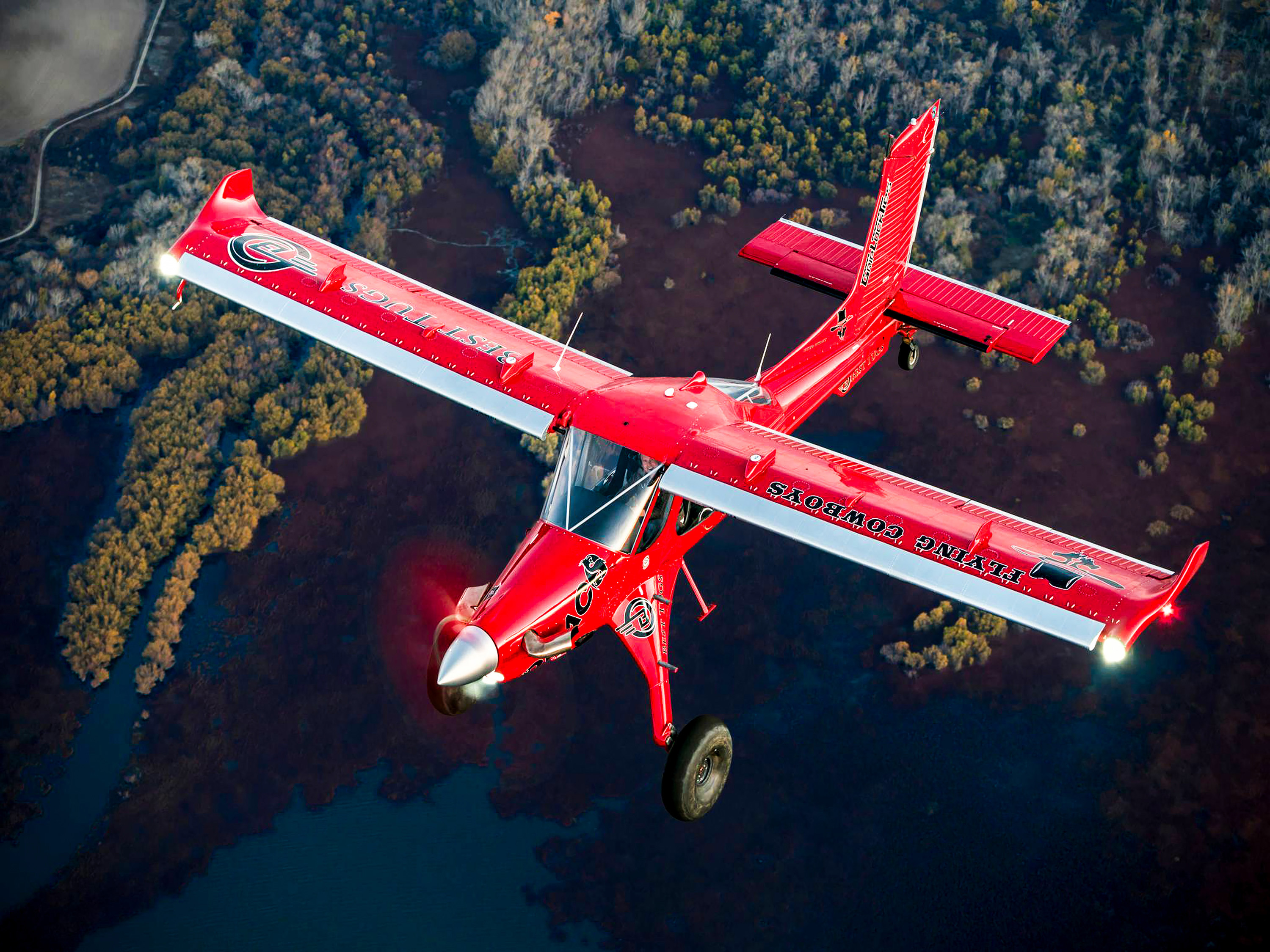Factory 'Draco' advances
Four-seat turbine STOL performer seeks certification
Mike Patey's turbine Draco showed remarkable short-field performance during its brief run in the general aviation spotlight, and a collaboration announced February 3 between Draco Aircraft and an aeronautical research institute in Poland seeks to accelerate the souped-up Wilga PZL-104 into production.
Founded in 2023 in Warsaw, Poland, and led by CEO Johannes von Thadden, Draco Aircraft notes on its website that Patey "enthusiastically authorized the use of his concepts" to certify the PZL-104 with Patey's upgrades, including installation of a Pratt & Whitney PT6A-28 turbine in lieu of radial and piston powerplants previously used on multiple certified variants, about 1,000 of which were produced in Poland beginning in 1962.
Within months of its public debut, Draco won the 2018 High Sierra Fly-In STOL Drag Race, cementing its star power and gaining Patey, a pilot, engineer, and YouTube creator, thousands of new followers. Draco continued to attract admirers at subsequent events, including the AOPA Livermore Fly-In held in California in June 2019, where Patey's remarkable creation stole the STOL show. "It puts the fun in flying," said attendee Marc Miller after watching Patey put Draco through its paces during a demonstration at the Livermore event that included 10 other aircraft.
The fun came to a halt in September 2019 when Patey crashed Draco during a takeoff attempt from Reno/Stead Airport in Nevada. Within days, Patey posted details of the accident on his YouTube channel, taking responsibility and expressing hope others would learn from his mistakes.

The following month, Patey announced that Draco would return, with design improvements including an upgrade of the 680-shaft-horsepower Pratt & Whitney PT6A-28. He was eyeing another powerplant approaching 1,000 shaft horsepower.
Draco Aircraft, founded in 2023 to put Draco into production, plans to keep the PT6A-28 and will seek to accelerate certification based on the existing type certificate for the Wilga, which the company acquired (along with related intellectual property) from Airbus Poland in September. Patey has also supplied the details and drawings of his modifications.
The company hopes to have Draco certified in 2028 and will begin accepting deposits on the (estimated) $2.9 million Draco later this year.
The collaboration Draco Aircraft announced on February 3 with Łukasiewicz–Institute of Aviation (ILOT) and its subsidiary, Mielec Aviation Works (MZL), will bring engineering support to complete the design modifications. ILOT will also join with Draco Aviation to apply for funding from the European Union. MZL will build two prototypes for the certification program. Von Thadden, in the February 3 news release, called the collaboration with ILOT and MZL "an important step forward" in the quest to certify Draco in 2028.
Draco's proven STOL capability in Patey's hands will carry into the forthcoming production version of the turbine-powered four-seater, including a takeoff roll of about 100 feet, and a landing distance of about 80 feet. The aircraft's expected rate of climb will be at or above 4,000 feet per minute at its projected 4,367-pound maximum takeoff weight, with 895 pounds of useful load with full fuel. It is projected to cruise at 129 knots burning around 30 gallons of Jet A per hour.
Draco will become the flagship of the company's "HyperSTOL" line, designed for the civilian market. A variant customized for border patrol and public safety missions will follow, then an electric version, and finally a military version.





